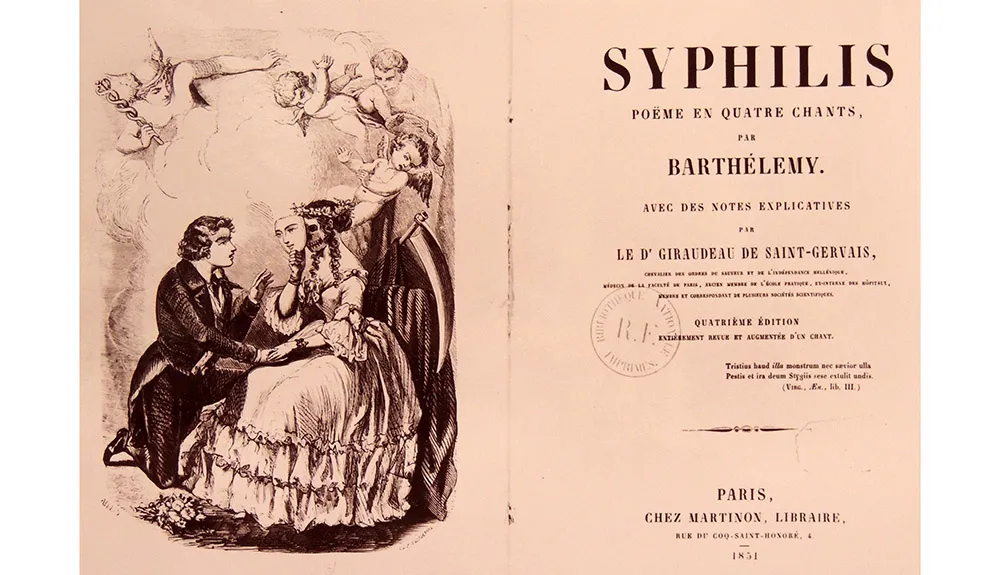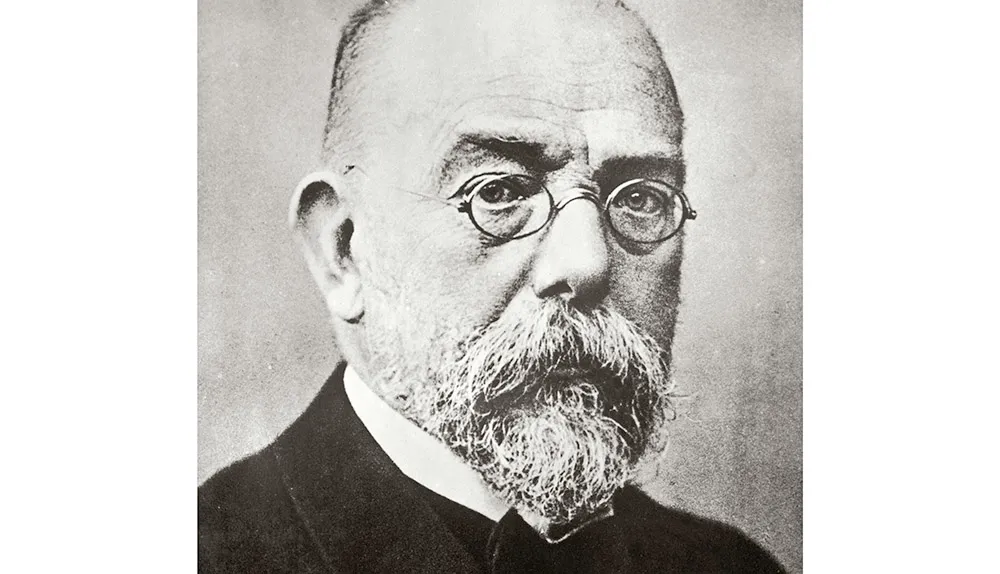1546 - Girolamo Fracastoro places the idea of contagion within a naturalistic framework, identifying several diseases that are spread by specific contagia. These include syphilis, rabies, measles and scabies.

1676 - Thomas Sydenham, in his Medical Observations, insists that the symptoms of diseases are so uniform that doctors should be able to classify them, just as botanists classify plants.
1854 - John Snow investigates patterns of infection during the London cholera epidemic, concluding that cholera is a specific disease, transmitted via water that has been contaminated by the faeces of those already suffering from the disease.
1876 - Joseph Lister announces his ‘antiseptic’ system of surgery, in which his instruments, hands and dressing are soaked in carbolic acid to disinfect the wound site, reducing mortality from sepsis.

1882 - Robert Koch publishes the results of his experiments on the tubercle bacillus, showing that this greatest killer of the century is caused by a bacterium.

1898 - Marius Beijerinck publishes a study on the tobacco mosaic virus (TMV), arguing that this ‘contagious living fluid’ (as he called it) needed another cell in which to reproduce. TMV was one of the first viruses to be seen using the electron microscope.
1898 - Ronald Ross discovers the role of the female Anopheles mosquito in the transmission of malaria, caused by one or other of several species of plasmodia, a group of single-celled parasites.
1954 - Jonas Salk’s polio vaccine is tested. The slightly later vaccine, developed by Alfred Sabin and based on live, attenuated virus, dominates the anti-polio campaign, with worldwide eradication still just eluding our grasp.
Read more about the history of disease:
- Epidemiology: the history of disease and epidemics (Part I, pre-20th Century)
- Epidemiology: the history of disease and epidemics (Part II, post-20th Century)
- Robert Koch: how he identified one of the 19th Century's biggest killers
- 10 key scientists in our understanding of disease
- The experiment that proved bacteria caused disease
1982 - Stanley Prusiner coins the word ‘prion’ (from ‘protein’ and ‘infection’), to describe the class of material causing scrapie in sheep, BSE in cattle and several degenerative disorders of the human nervous system.
1983 - Robert Gallo (at the US National Institutes of Health) and Luc Montagnier and Françoise Barré-Sinoussi (at the Pasteur Institute in Paris) independently isolate the virus that causes AIDS.
